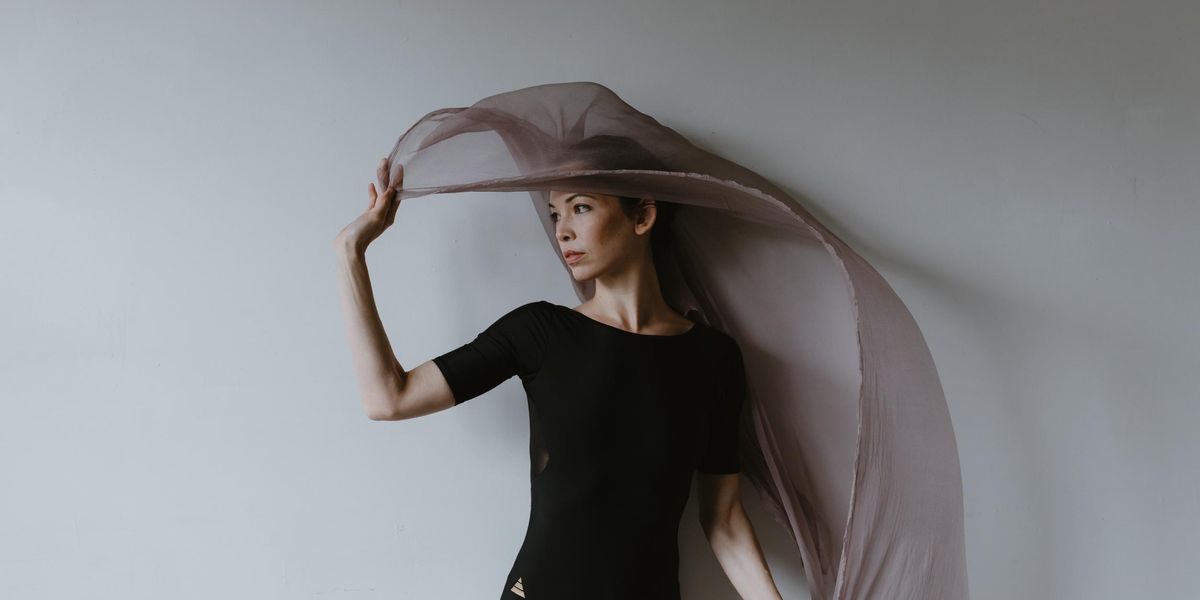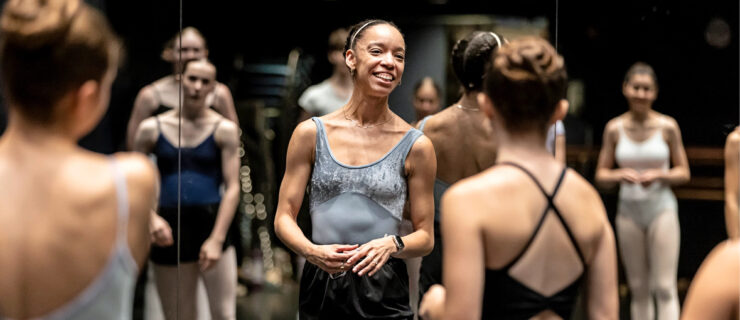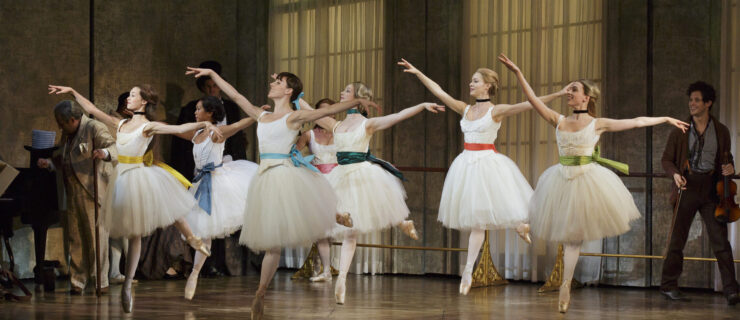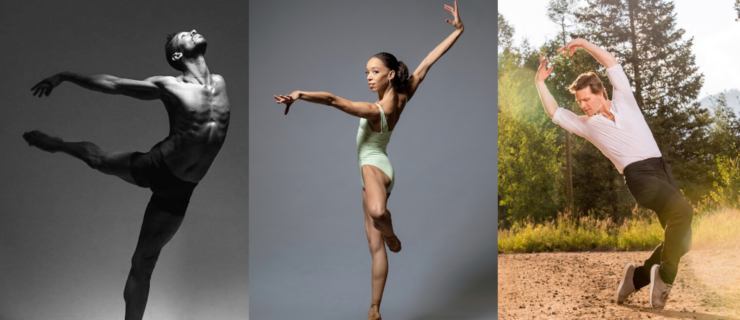More Than a Leotard: The Growing Trend Towards Ethical and Sustainable Dancewear
Katherine Hartsell spends a lot of time thinking about what sustainability means to dancers. She’s the face behind Jai-Dee Dancewear, founded in 2018, which sells leotards made from regenerated nylon fiber that comes from fishing nets, industrial plastics and fabric scraps. The recycled materials are cut into classic designs made to last for years on end. The inner label of Jai-Dee’s leotards makes this mission clear: “Wear often,” it reads, and “love well.”
“Sustainability is something that’s really central to all dancers,” says Hartsell, a former dancer herself. “We all are thinking about the sustainability of our careers and the sustainability of our bodies.” She believes this ethos is at odds with the unsustainable structures of fast fashion.

Hartsell started Jai-Dee on a mission to change this mindset of disposability. She is not alone—American Ballet Theatre’s Betsy McBride recently co-founded a new sustainable dancewear company, Rezonance Athletics. And there are an array of other ethically sourced, eco-friendly dancewear options on the market right now.
For example, Cynthia King Vegan Ballet Slippers are made with synthetic leather soles that are PETA-certified as cruelty-free. King, who also owns her own dance studio in Brooklyn, sees her shoes as an alternative to animal-based leather, since much of the leather industry uses under-regulated systems that allow for animal abuse, lethal chemical exposure and mass deforestation. She wants her shoes to be an option for what she’d like the dance community to stand for.
At Singapore–based dancewear brand Cloud & Victory, Tan Li Min uses a range of ethically sourced materials. But she’s most passionate about selling products made by workers who are treated fairly and safely. All her T-shirts, dance bags and accessories are made in factories that pass requirements of the United Nations fair labor standards: good wages and safe conditions in environments that never employ children and don’t discriminate against race, religion, sexuality or caste. Her leotards are also made in a factory she’s personally visited and vetted in Taiwan, which, Min says, is a country with strict labor laws and an emphasis on ecological sustainability. Plus, Cloud & Victory T-shirts are made from organic, non-GMO cotton, and most of her clothing has a 90 percent reduced carbon footprint.
In South Korea, Sandra Meynier Kang runs SMK Dancewear, which produces clothing and accessories featuring fabrics made from wood cellulose, certified organic cottons, recycled plastics and regenerated nylons made from old fishing nets discarded at sea. SMK is also led by four other guiding principles: transparent and local production; upcycling leftover materials; support for animal-protection associations; and dedication to circularity, which allows previous customers to return old items for upcycling. “I wanted my brand to really be more aware of how we produce, which textiles we use, what I do with my waste,” says Kang.
 Sandra Meynier Kang, founder of SMK Dancewear. Courtesy SMK Dancewear
Sandra Meynier Kang, founder of SMK Dancewear. Courtesy SMK DancewearSigns point to a larger shift in access to sustainability for the dance world. One recent example came this fall at Elmhurst Ballet School, the academy affiliated with England’s Birmingham Royal Ballet. In September, the school launched new uniforms made from plastics recovered from the ocean.
Jessica Wheeler, Elmhurst’s school principal, started a collaboration with the Britain-based Dancing Boutique dancewear supplier last year as part of Elmhurst’s wider sustainability initiative that includes energy conservation and food-waste reduction. “The uniforms were a brilliant part of that,” Wheeler says. Elmhurst’s efforts hopefully encapsulate a growing intersection between the dance world and ecological awareness.
The owners of Dancing Boutique, Mark and Kate Curtis, worked with designer Dansez, which partners with the organization Healthy Seas to recover fishing nets and turn them into fabric. “We’re getting good feedback from the students. They love the colors,” Kate says, “and the fabric is really compression fabric, so it’s great for blood circulation.” Everyone involved was excited at how comfortable students were in their new outfits, with the added bonus that they’re helping clean out the sea.
 Students at Elmhurst Ballet School wearing their new eco-friendly school uniforms. Alice Gibbons, Courtesy Elmhurst Ballet School
Students at Elmhurst Ballet School wearing their new eco-friendly school uniforms. Alice Gibbons, Courtesy Elmhurst Ballet SchoolMeynier Kang would love to see the development of even more fabric options for sportswear. “It’s very hard to find textiles that are respectful to the environment but also functional enough to match a dancer’s needs,” she says. Right now, the nylon that comes from ocean waste and single-use plastics is the most popular, but “if everybody uses that textile, one day we will need more plastic bottles. It’s not a solution for the long term,” she says. She hopes more customers will keep learning about other plant-based options for the future.
Hartsell loves to see innovations at other dancewear companies: “I’m always rooting for everyone else’s ideas,” she says. As a new year sits around the corner, she only hopes to see more of her community engaging with sustainability. New voices can only move us forward.





